
Carbon Dioxide: Outdoors and Indoors
Backgrounders
Learn about the importance of carbon dioxide, its sources and how people control it indoors.
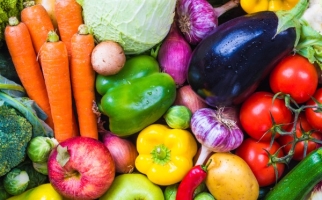
Plant Pigments
Backgrounders
Why are there so many colours of plants? Learn about plant pigments and their role in plants.
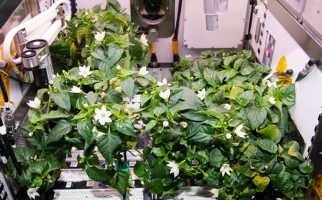
Tropisms in Plants
Backgrounders
Learn about the different ways that plants move in response to their environments.
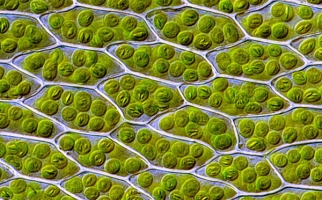
Specialized Cells of the Leaf System
Backgrounders
Learn about the structure and function of the cells in leaves.
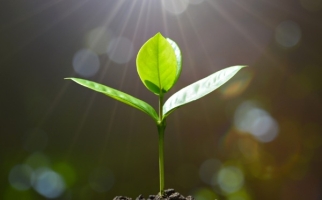
Light & Plants
Backgrounders
Learn about the process of photosynthesis and how it is affected by light levels.
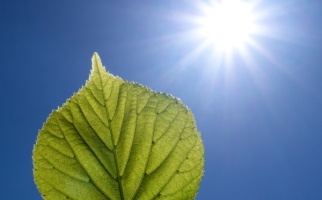
Plant Functions
Backgrounders
Learn about the important plant functions of photosynthesis, respiration and transpiration

How Do Plants Survive in the Desert?
STEM Explained
Plants need to exchange gases and water with their environment as part of photosynthesis. Some plant cells have evolved specifically for this purpose.
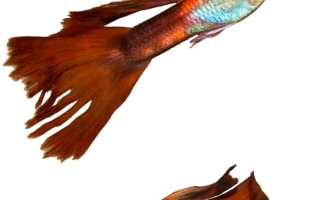
Why are Guppies so Diverse?
STEM Explained
Different members of a species can have different traits. You can see this in a species found at your local pet store - guppies!

Why do leaves change colour in the fall?
Hands-on Activities
How do the green leaves of summer change to vibrant colours in fall? Explore plant pigments in this chromatography activity.
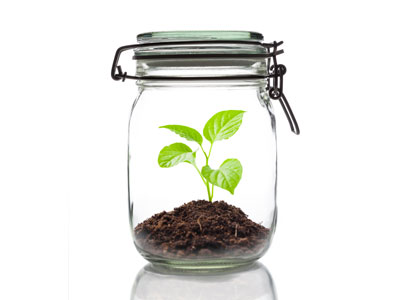
How do I construct a terrarium?
Hands-on Activities
You can make your own terrarium for growing plants!
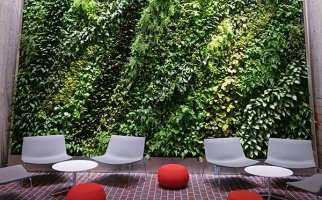
Green Walls
STEM Explained
Green walls use plant processes to improve air quality in buildings.

Exploring Food Chains
Lessons
Students develop and apply the skills of questioning, sorting & classifying and making connections as they explore food chains in different habitats.